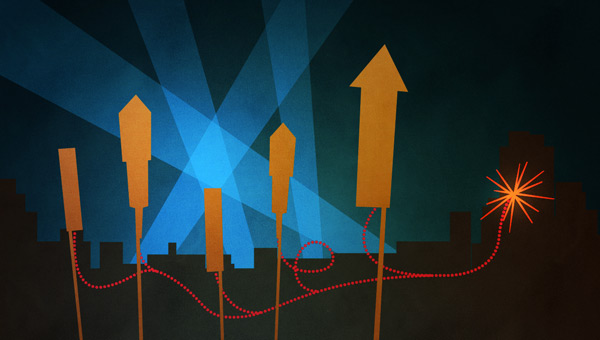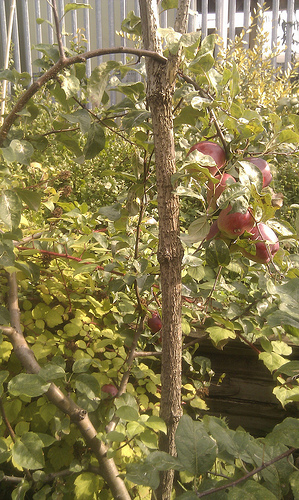Last Friday I was at the Lean Startup talk given by Eric Ries. You can follow his blog here. The talk was very good, and gave an overview of what is in the book. I’ve bought the book several weeks ago, and I have to say that I found it remarkable.
The main idea of the book is to run startups as experiments. In particular a startup should focalize to build a Minimum Viable Product (MVP) which is used to test a precise set of hypothesis. The result should either confirm or negate the initial intuition. The Minimum Viable Product should be considered as a test bed. It’s not just the “Ship it!” idea, it’s organic to the Build-Measure-Learn cycle. This cycle should be the fastest possible to achieve what is called the Pivot, the time when if the things are not working, it is time to change completely the strategy and try something else.
These are a lot of concepts all packed together, so stay with me and I’ll try to go through them.
Building
The building phase is when you are focalized in creating the first prototype. The first prototype is utopia. What is really interesting is the MVP. The only goal of the MVP is to test some hypothesis, to better understand the customers needs (the real customers): what they want and what they like. Real customers using the real thing are completely different story from the what you can get from the market research.
Measuring
Measuring is very very important. Understanding what is going on is a must, but even more important is to understand where to look and what to measure. A very interesting concept introduced in the book, to understand what are the real metrics to keep under eye, is the engine of growth. The engine of growth is a metaphor, comparing the process which makes a startup growing with a combustion engine, which needs to be tuned for the best performance. The engine of growth is the main way a startup will grow, acquire new users and become a sustainable business. Three main engines are suggested in the book: (i) the paid engine, where the revenues are used to acquire new users, using advertisement and so on, (ii) the viral engine, where the software or the service gets automatic diffusion thanks to the massive support of the users and the virality as well, (iii) the sticky engine, where the users are coming back and their are addicted to the service provided. Each engine has different type of metrics which is vital to that type of engine.
Learning
The learning is the part where the experiments ran are used to understand what is good and what is bad. Because we started with clear falsifiable hypothesis, it is possible now to declare if the objective has been reached, or if we didn’t hit the point.
Persevere or Pivot
Being on top of your metrics, and getting the outcome of the experiment is all in preparation to understand what should be done in reaction. In particular the decision to Pivot or to Persevere. Eric at the talk suggested to schedule this meeting ahead of time, to avoid the stress to announce it, but also to have a fixed point. This could be used has the deadline date, from where it is possible to work backwards, understanding which metrics are needed to arrive at the pivot meeting with all the informations necessary.
Conclusions
The book is a remarkable piece of work, and I think it is one of the best out there in the light to bring some formal theory in startup creation. I have really enjoyed the talk as well, so if you’ve got the possibility I’ll suggest to go. I also suggest to read this book to everybody which is thinking to launch a new product or launch new startup. It’s just very broad and full of good ideas.
P.S.: I’ve bought this book from Amazon in kindle format and I’ve just discovered I can’t lend it to friends. I understand that the terms are legally different and I didn’t buy a book but the ability to read it when Amazon is pleased, but this would not happen with a real book. I hope Amazon changes this crappy system as soon as possible and give us back the ability to do whatever we want with our books. Pretty please.





